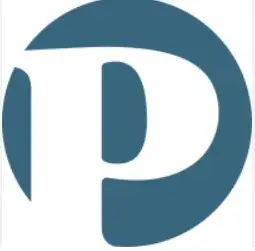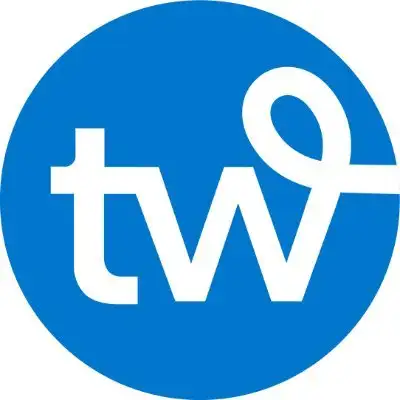Planable: A comprehensive review of the social media scheduling tool
Social media management is essential for businesses aiming to maintain a consistent online presence. Among the numerous tools available, Planable has emerged as a popular choice for collaborative content planning and scheduling. In this review, we’ll explore the features, benefits, and potential drawbacks of Planable to help you determine if it’s the right tool for your needs.
Overview
Planable is a social media scheduling and collaboration tool designed to help teams create, review, and approve content more efficiently. Unlike many tools that focus solely on post-scheduling, Planable emphasizes collaborative workflow, enabling marketers, agencies, and clients to work together in real time.
Launched in 2016, Planable quickly gained traction among content teams looking for a more visual and streamlined approval process. It’s widely used by marketing departments, content agencies, and social media managers who need to align multiple stakeholders on publishing plans and brand messaging.
Key features
Planable’s core strength lies in its real-time collaboration features. Users can leave comments directly on posts, tag team members, and resolve feedback instantly—similar to how Google Docs works for content editing. This eliminates the need for long email threads or separate approval chains.
The visual content calendar allows users to drag and drop posts across platforms like Facebook, Instagram, Twitter, LinkedIn, and TikTok. You can view scheduled content in multiple formats, including calendar view, feed view, and list view, helping teams plan their strategy with clarity.
Planable also supports post previews, showing exactly how each piece of content will appear on the respective platform. This feature is especially helpful for maintaining brand consistency and spotting formatting issues before anything goes live.
In addition, Planable offers multi-level approval workflows. Content can be marked as “Pending,” “Approved,” or “Scheduled,” ensuring nothing gets published without sign-off. This is particularly valuable for agencies managing multiple clients or teams that require legal or editorial review.
Although Planable focuses on planning and approvals, it also provides basic analytics, allowing teams to monitor performance and adjust their strategies accordingly.
Pros and cons
Planable’s biggest advantage is its collaborative environment, which simplifies the content approval process. With its real-time commenting and preview features, teams can reduce turnaround times and increase productivity. The visual layout is intuitive, making it easy for both creatives and decision-makers to get on the same page.
Its multi-platform support and post previews are great for brands that publish to various networks and want to ensure consistency across channels.
However, Planable does have a few limitations. While it excels at collaboration and scheduling, it lacks advanced automation features found in tools like Missinglettr—such as drip campaigns or AI-generated post suggestions. It also offers only limited analytics, which may not be sufficient for performance-driven marketers who rely heavily on metrics to optimize campaigns.
Another potential downside is its pricing model, which is based on the number of users and workspaces. For large teams or agencies, costs can increase quickly, making it less appealing to freelancers or solopreneurs.
Ideal use cases
Planable is particularly well-suited for marketing teams, content agencies, and enterprises that require collaborative planning, structured approvals, and visual consistency. It’s ideal for brands that prioritize teamwork and want to avoid scattered communication across tools and channels.
For teams that frequently collaborate with clients or other departments—such as legal, compliance, or design—Planable provides a streamlined solution for keeping everyone aligned and reducing publishing errors.
Bottom line
Planable is a robust social media scheduling tool tailored for collaborative content creation and streamlined approvals. While it may not offer deep automation or advanced analytics, its real-time feedback features and visual planning interface make it an excellent choice for teams that value clarity, consistency, and collaboration. If your social media strategy involves multiple stakeholders and requires structured workflows, Planable is definitely worth considering.


















